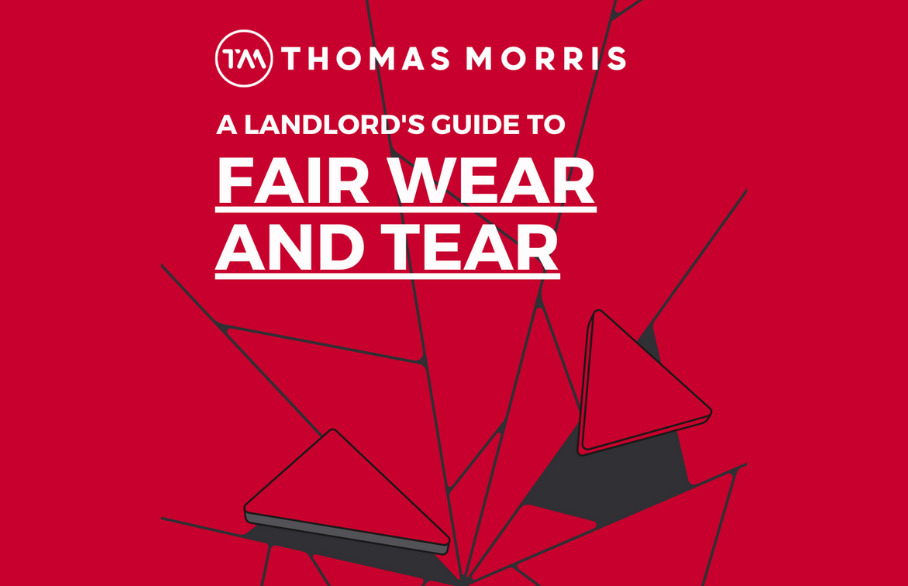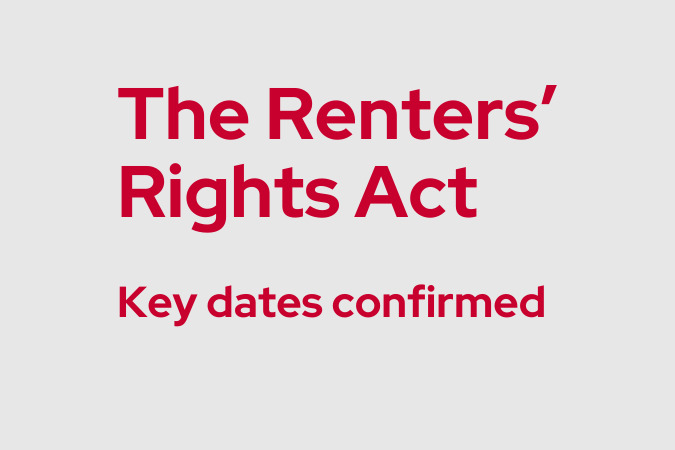A landlord's guide to fair wear and tear

One concept that often confuses landlords (and tenants) is the idea of 'fair wear and tear'.
What does it mean?
And how does it affect your ability to claim deductions from a tenant's deposit, if required?
Let's delve into these questions and more in this handy guide.
What is fair wear and tear?
'Fair wear and tear' refers to the natural deterioration of a property that occurs over time while the property is being used normally.
No matter how careful your tenants are, there will always be some wear and tear— that's life.
Paint will fade, carpets will suffer from everyday use, and door handles may loosen.
The legal aspect
In the UK, landlords have a legal obligation to return a tenant's deposit at the end of a tenancy, barring any breaches of the lease agreement.
However, deductions can be made for damage beyond fair wear and tear.
It's important to remember that 'damage' and 'wear and tear' are not the same. Damage is often the result of negligence or abuse by the tenant.
Assessing fair wear and tear
Some key points to consider:
1. Age of item or fixture
Older items are more likely to show signs of wear and tear.
2. Quality
Higher-quality materials are expected to last longer and show less wear and tear over the same period.
3. Number of occupants
A family of five will produce more wear and tear than a single occupant.
4. Length of tenancy
Longer tenancies should naturally result in more wear and tear.
Conducting Property Inspections
Routine inspections can help you differentiate between fair wear and tear and actual damage.
A good letting agent can do this for you. But if you're doing it yourself, follow these tips:
1. Take before-and-after photos
This provides evidence if there's a dispute over the condition of an item.
2. Be consistent:
Inspect all properties using the same criteria to avoid any bias or unfair treatment.
3. Involve the tenant:
Walk through the inspection with the tenant when they move in and out. Their input can be invaluable, and it also minimises disputes later on.
How to handle disputes
You have some mediation options if a disagreement arises about what constitutes fair wear and tear.
Usually, your first point of contact if there is a deposit dispute will be your letting agent. They can often solve the problem.
But if you are a do-it-yourself landlord, there are several resources for mediation. They include deposit protection schemes like the DPS, TDS, or MyDeposits.
To get answers to your wear and tear questions, contact our property management team today.






